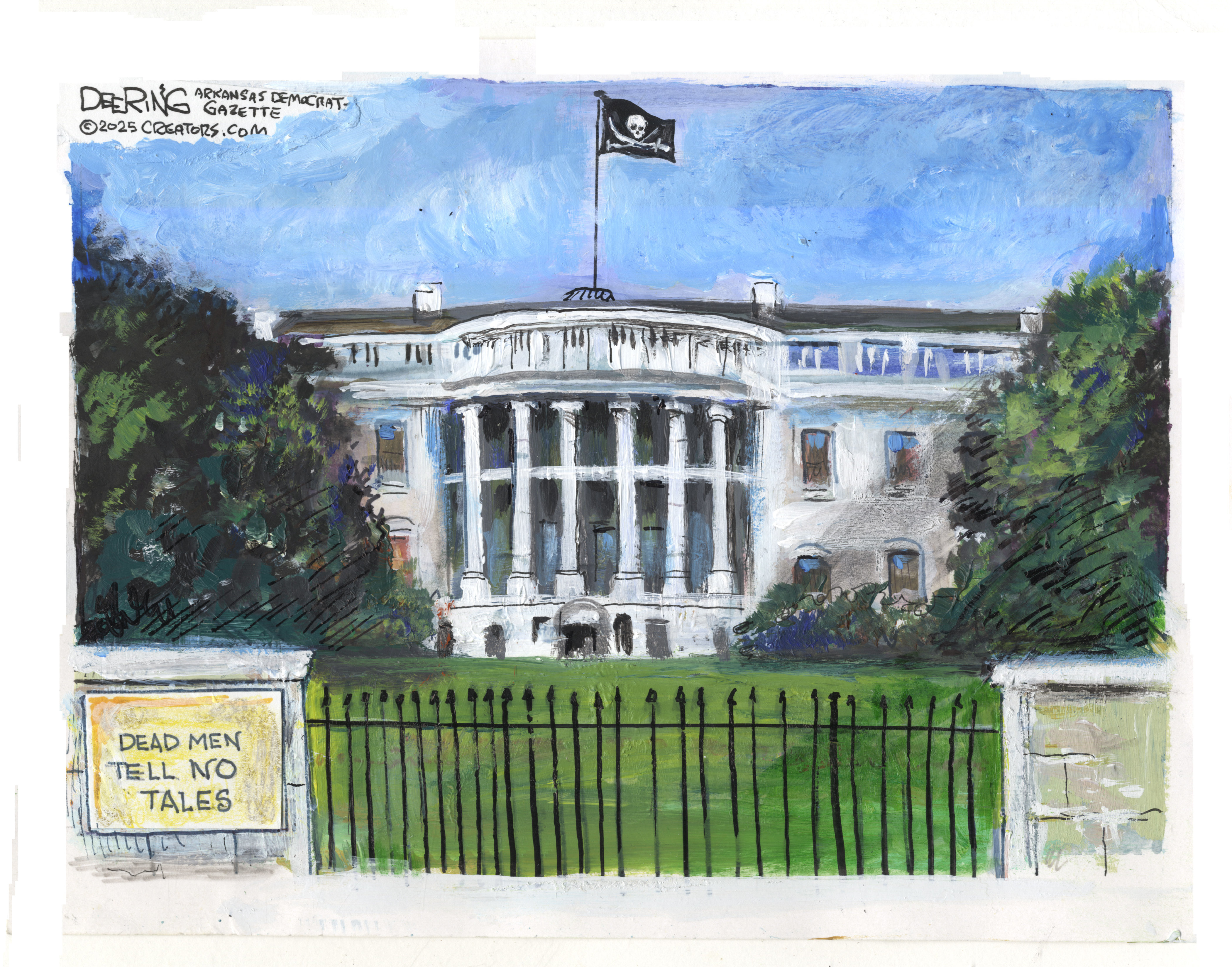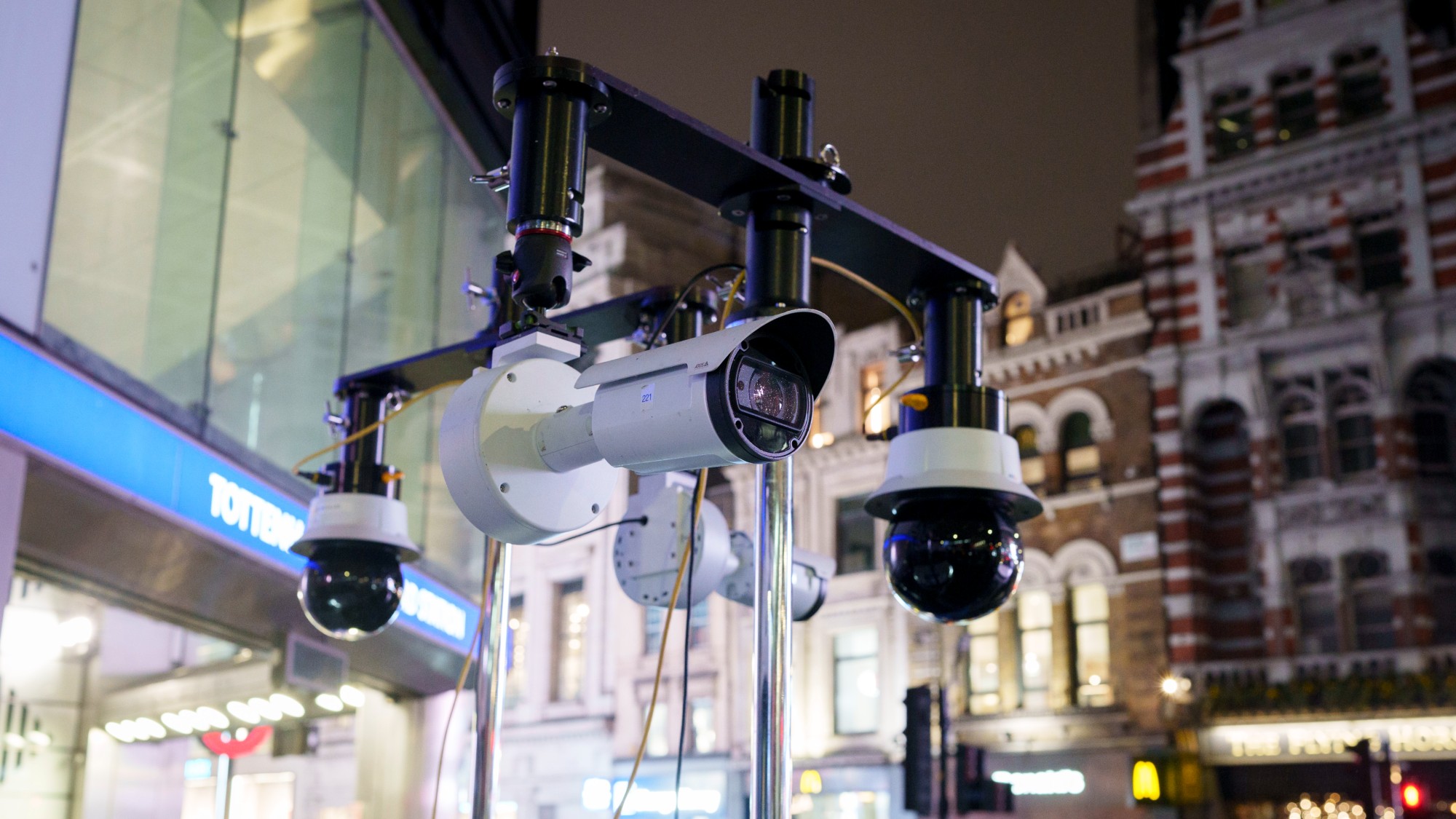Exhibit of the week: Masters of Venice: Renaissance Painters of Passion and Power
The De Young Museum's exhibit of 50 masterpieces by Giorgione, Titian, Tintoretto, and Veronese are on loan from Vienna’s Kunsthistorisches Museum.
De Young Museum, San Francisco
Through Feb. 12
Sixteenth-century Venice was the scene of a “consciousness-altering moment in art history,” said Steven Winn in the San Francisco Chronicle. That becomes obvious from the moment a visitor to this remarkable exhibit catches sight of the galleries’ first Giorgione—or the first Titian or Tintoretto or Veronese. The show’s handful of earlier works “lay down some deep, somber chords from the Italian Renaissance”: Mantegna’s jewel-toned Saint Sebastian, from the late 1450s, gives its chiseled subject “a fixed, far-off gaze” that suggests that the early Christian martyr is less concerned with the arrows piercing his flesh than that his pose embodies some abstract classical ideal. But step into the 1500s and it’s obvious why Paul Cézanne once said that painting as we know it was invented by the Venetians. “Light, color, sensuality, and a sense of full-body immersion in the natural world break through like a sunrise.”
The Week
Escape your echo chamber. Get the facts behind the news, plus analysis from multiple perspectives.

Sign up for The Week's Free Newsletters
From our morning news briefing to a weekly Good News Newsletter, get the best of The Week delivered directly to your inbox.
From our morning news briefing to a weekly Good News Newsletter, get the best of The Week delivered directly to your inbox.
Venice was rich in patrons, of course, but the artists’ breakthrough also owed much to a fundamental shift in technique, said Victoria Dalkey in The Sacramento Bee. “The works in this show are among the first” paintings made with oil on canvas, supplanting tempura on wood panels. The shift to oils allowed Giorgione, in works like Youth With an Arrow (1508–10), to use “lush brushwork” and “a delicate blending of tones” in service of producing dream-like atmospherics. Giorgione’s pupil Titian, “the giant of Venetian painters,” contributes several creamy nudes and “a dramatic scene of an assassin pulling a knife” on the wine god Bacchus. Give each of the show’s 50 canvases your full attention. These rare masterpieces are on loan only briefly from Vienna’s Kunsthistorisches Museum, and unless you plan a visit to Austria, “it’s doubtful that you’ll have another opportunity to see them anytime soon.”
Together, these paintings offer “a kind of primer” on the various effects that can be achieved by “artists of supreme genius,” said Terence Clarke in HuffingtonPost.com. When Titian gave his female figures clothes, the “lively accuracy” of his brushwork could bring fur, velvet, embroidery, or silk to distinct, luscious life. “For me,” though, “the star of the show is Tintoretto’s Susanna and the Elders (1555–56).” An example of the erotic scenes that artists of the time created for purchasers’ private enjoyment, it depicts a biblical scene in which a young woman is spied on by two Jewish elders while she bathes nude in a lovely garden. Tintoretto’s garden is gorgeous, but his starlet more so. “Like the magistrates, you finally cannot take your eyes off Susanna.”
A free daily email with the biggest news stories of the day – and the best features from TheWeek.com
-
 Political cartoons for December 14
Political cartoons for December 14Cartoons Sunday's political cartoons include a new White House flag, Venezuela negotiations, and more
-
 Heavenly spectacle in the wilds of Canada
Heavenly spectacle in the wilds of CanadaThe Week Recommends ‘Mind-bending’ outpost for spotting animals – and the northern lights
-
 Facial recognition: a revolution in policing
Facial recognition: a revolution in policingTalking Point All 43 police forces in England and Wales are set to be granted access, with those against calling for increasing safeguards on the technology